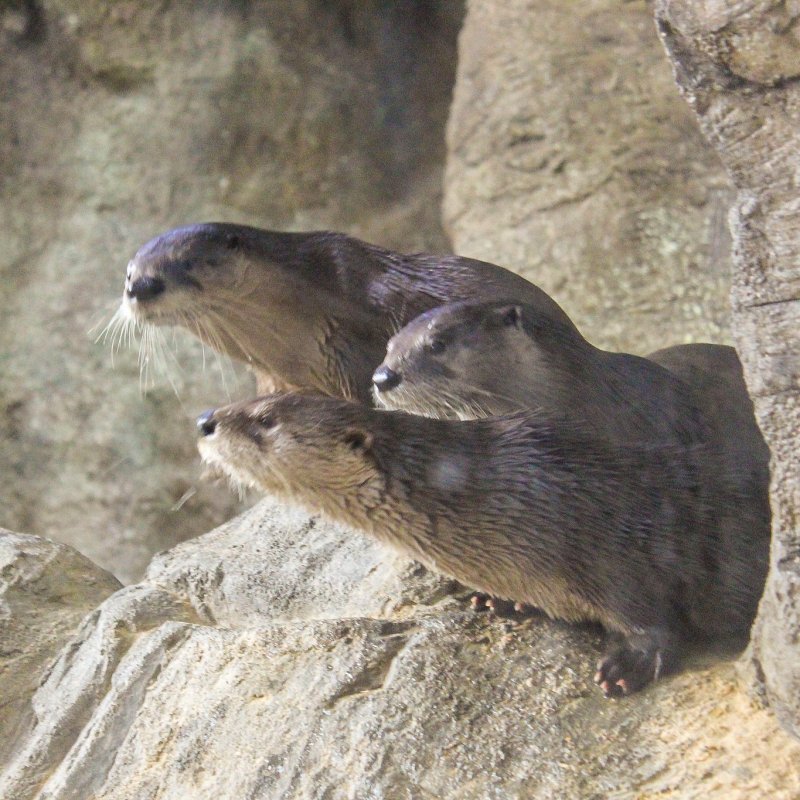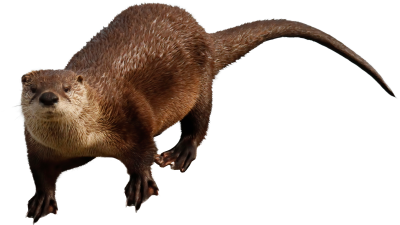
Thank you for visiting us in the Lehigh River Watershed gallery of exhibits at the Da Vinci Science Center, we hope you had a blast learning about nature in our region and what you can do to help conserve it.
Since you voted for one of the actions below to help protect North American River Otters, here is some more information on how to take action to help their populations!
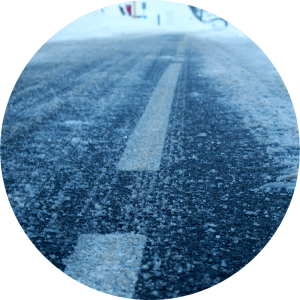
I will use more environmentally friendly alternatives than road salt to help keep my property safe in winter.
Spreading salt on roads and sidewalks helps melt ice and reduces dangerous, slippery conditions during the winter, but did you know that it can be detrimental to aquatic ecosystems? Streams, rivers, ponds, and lakes are freshwater habitats and do not naturally have a high salinity (salt content). When salt washes into these bodies of water it raises the salinity which can kill invertebrates (animals without backbones), fish, and amphibians that otters rely on for food.
Safer alternatives to salt include using things like sand and cinders to spread on ice for traction, as well as prompt snow removal to prevent thawing and freezing. If you do spread salt on ice, always use as little as possible to get the job done. Remember, we live in a watershed, and anything we spread or pour onto the ground can enter waterways.
I will encourage my local parks department to stop mowing near streams and instead to plant native plants on streambanks.
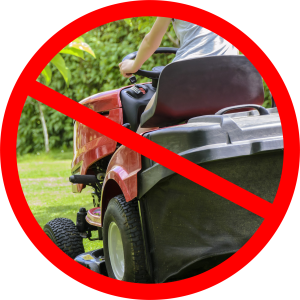
Riparian Zone is the term for the vegetated area naturally found along streambanks. When dense, native vegetation fills these areas it acts as a natural sponge to filter pollution and sediment and prevent them from entering the waterway. Vegetation, like tree roots, also absorbs water and prevents flooding after rain events, anchors soil and reduces erosion. Mowing grass up to streambanks or paving these areas speeds up run-off water, worsens stream pollution, increases erosion and sedimentation of streams, and creates a greater flood risk to surrounding land.
Thankfully, the solution is simple! Let stream bank vegetation grow naturally, and better yet, plant native shrubs and saplings near streams, to restore all of the benefits listed above. If you have a streambank on your property you can make the change happen easily, if not most cities and municipalities have environmental action committees, conservation districts, city councils, etc. that you can write to or attend meetings of to make you voice heard. Not only will this help otters and the animals they eat in streams, but birds, insects, reptiles and more will get food and shelter from native plants on streambanks.
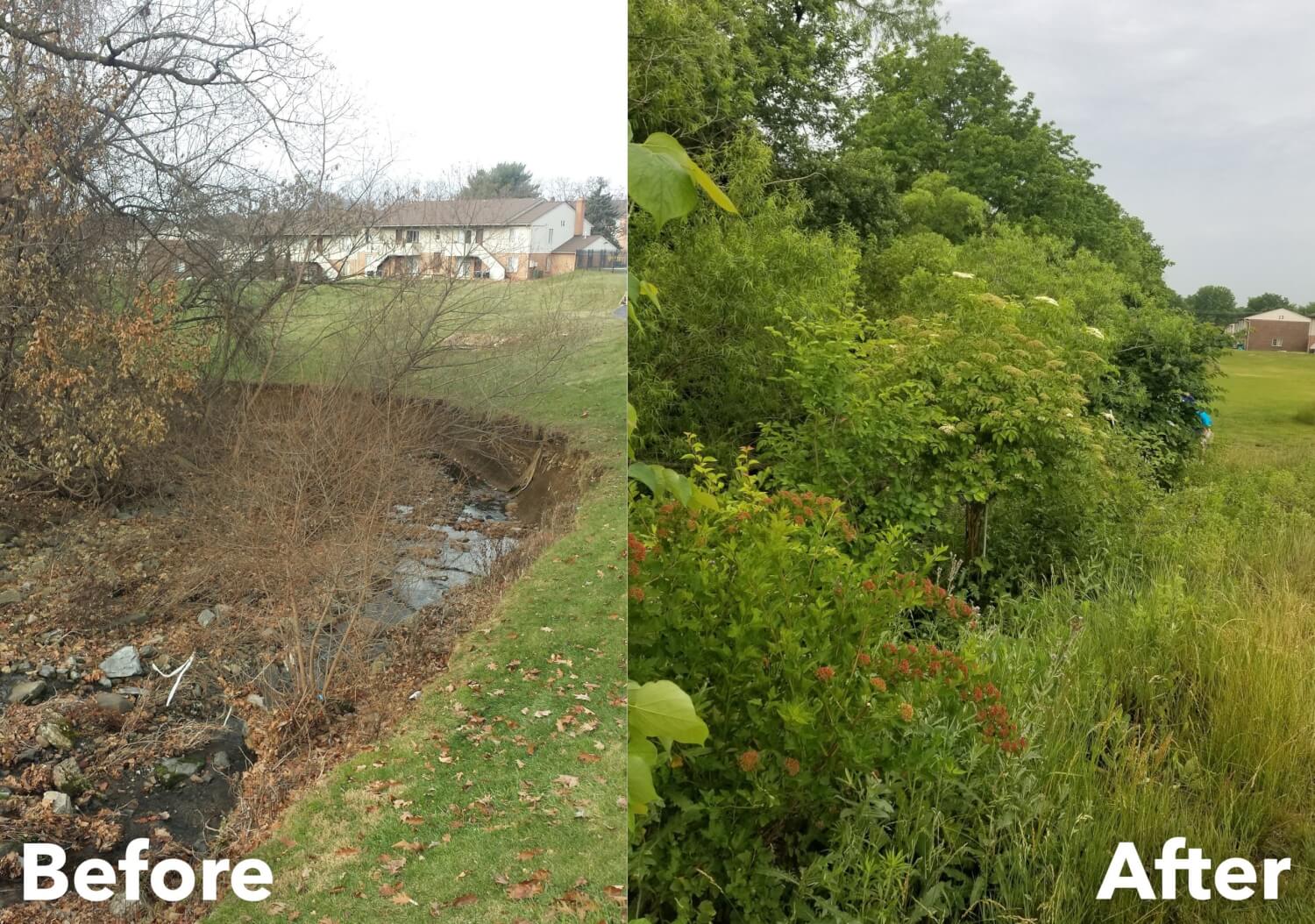
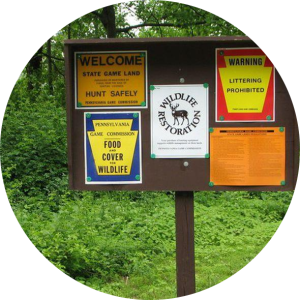
I will buy a fishing or hunting license.
Most of the habitat preservation and restoration work done in Pennsylvania is funded by the sale of hunting and fishing licenses. The money raised by the sales of these licenses helps protect and maintain over 1.5 million acres of wildlife habitat in state game lands, and hundreds of thousands of acres of waterways in state owned lakes and protected streams and wetlands. They also help fund habitat restoration and wildlife research work done by biologists and other professionals. Examples include the Pennsylvania River Otter Reintroduction Project that restored otters to our area, and wetland protection that provides habitat for otters.
Even if you do not hunt or fish, you can purchase inexpensive licenses from the Pennsylvania Game Commission’s or Pennsylvania Fish and Boat Commission’s website and help support these efforts.
I won’t litter, and I will clean up trash that I see around streams and rivers.
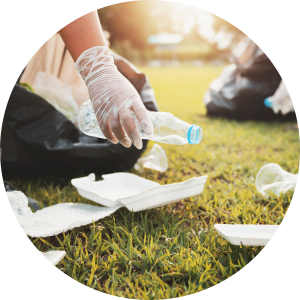
Trash and litter in and around rivers and streams is dangerous to wildlife since they can become entangled in it, and in some cases, it can pollute the water. Among the most concerning litter for wildlife is fishing line, which is clear and strong, and often entangles semi-aquatic animals like otters who spend a lot of time in the same places as anglers (people who fish) on or near streambanks. You can help these animals by being careful not to litter, and by cleaning up and properly disposing of trash in trashcans when you see it.
These are just a few of the ways that we can take action to help this and many other animal species.


